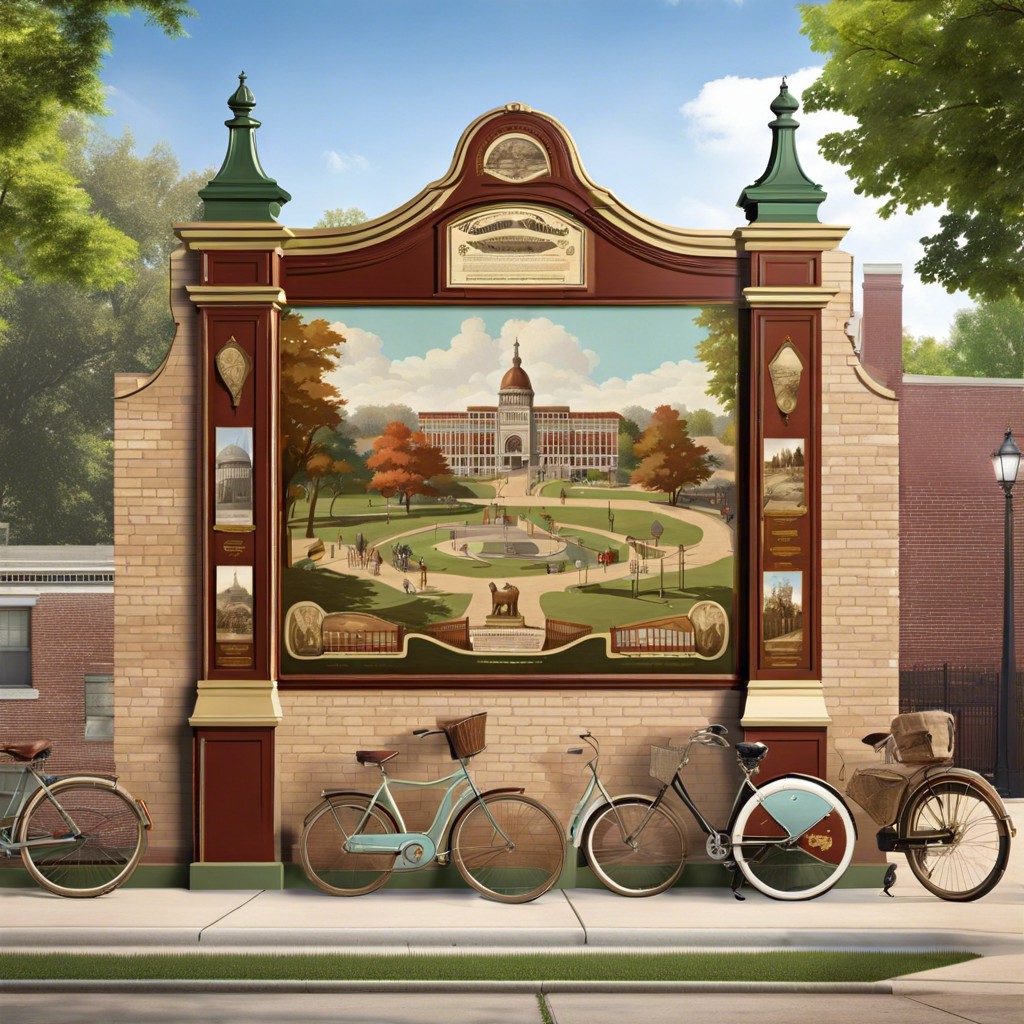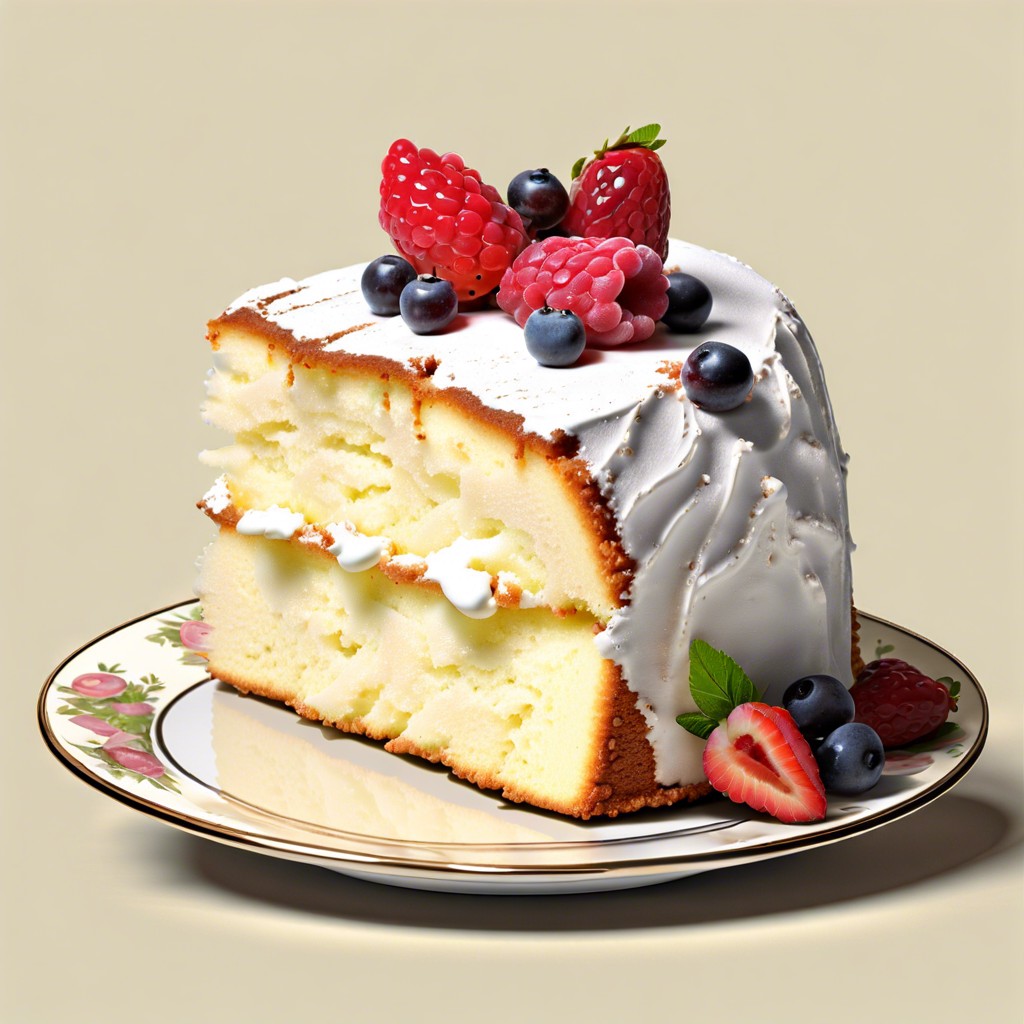Last updated on
Learn how to choose the perfect vintage typewriter for your needs and preferences.
Key takeaways:
- Vintage typewriters offer a glimpse into bygone eras.
- Royal, Remington, and Underwood are popular brands and models.
- Regular cleaning, lubrication, and ribbon replacement are essential maintenance tips.
- Assess value based on condition, rarity, historical significance, and market demand.
- Vintage typewriters have a cultural impact as symbols of nostalgia and tactile craftsmanship.
History of Vintage Typewriters
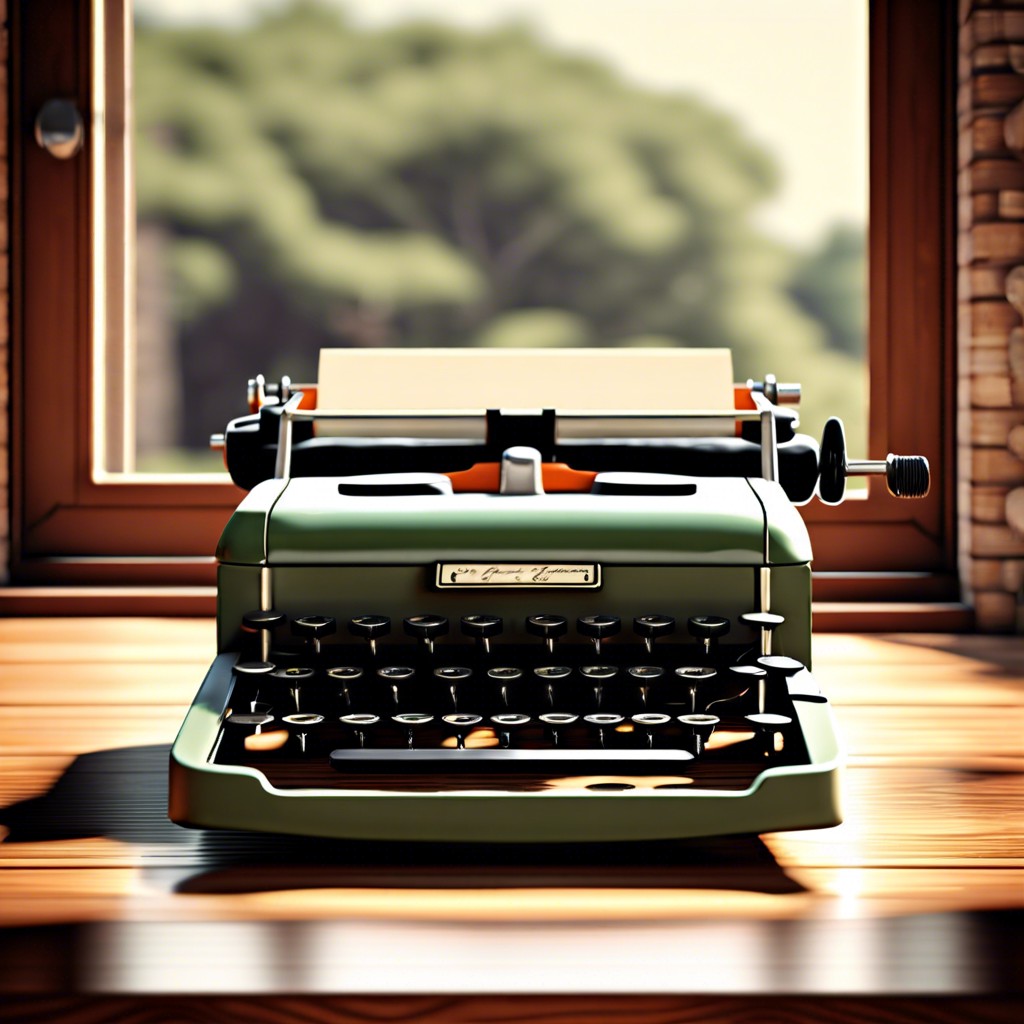
The first typewriter that made a commercial success was introduced by Christopher Latham Sholes in the 1870s. This invention laid the foundation for the typewriter’s shape and keyboard layout that we still use in modern keyboards. Over the years, brands like Remington, Royal, and Underwood emerged and revolutionized office work, further refined by the introduction of portable models in the early 20th century.
Each typewriter holds a story, reflecting technological advancements and changing aesthetics over the decades. From hefty, ornate machines of the early 1900s to sleek, colorful mid-century designs, vintage typewriters not only showcase engineering progress but also offer a glimpse into the visual preferences of bygone eras.
Their use peaked in the mid-20th century, as typewriters became essential tools in businesses and homes. However, the advent of computers in the late 20th century marked the decline of typewriters, turning them from everyday tools into cherished collectibles and decorative pieces for enthusiasts.
Common Brands and Models
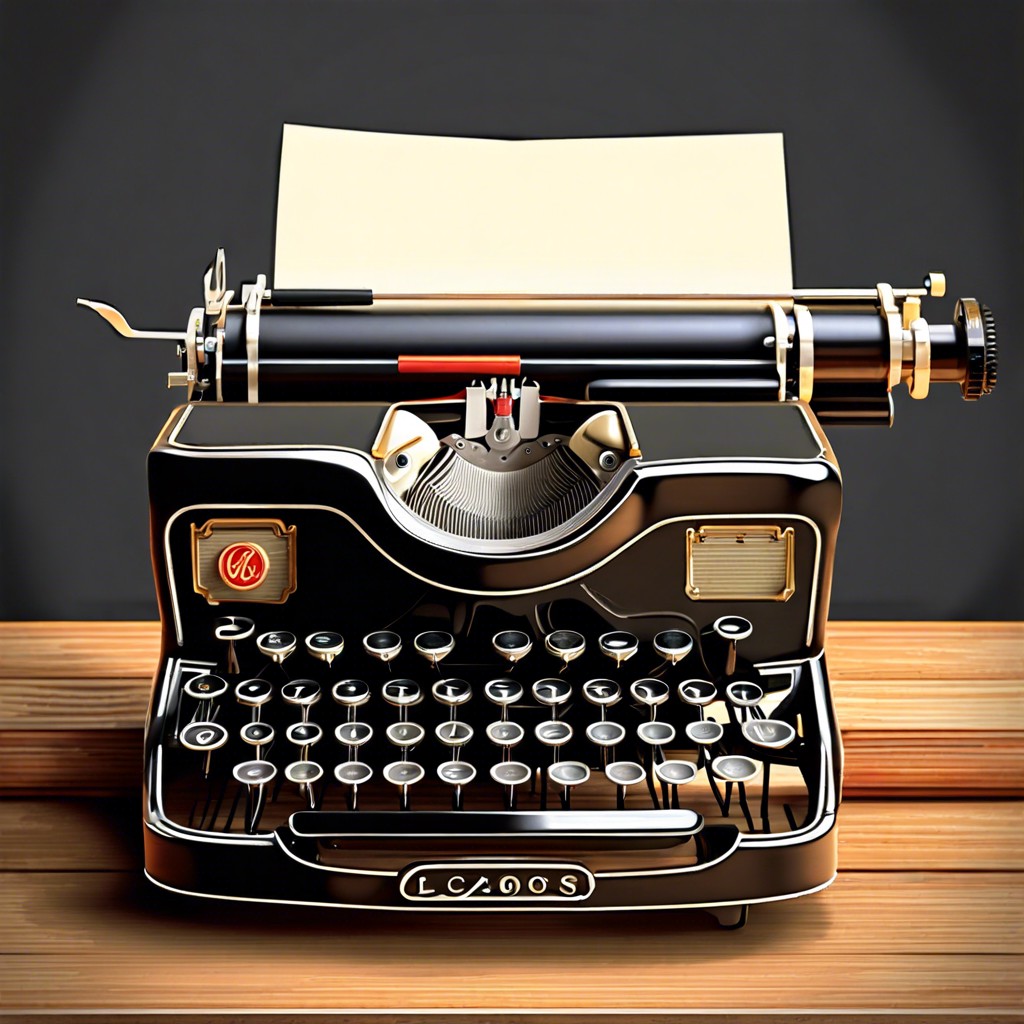
Royal, Remington, and Underwood are staple names that resonate with any enthusiast exploring the rich tapestry of vintage typewriters. Each brand offers distinct mechanical marvels cherished for both functionality and aesthetics.
Royal typewriters, such as the Royal 10, boast a sturdy build and were once the choice of professional writers. Their durability and classic design make them desirable collectibles today.
Remington introduced the first commercially successful typewriter. Their Remington 2 model featured the QWERTY layout, a standard still used today, making these machines not just collector’s items but relics of technological innovation.
Underwood, popular for its Underwood No. 5, dominated offices during the early 20th century. Its reliability and ease of repair make it a preferred model for those beginning to explore vintage typewriters.
Collectors often seek these models for both their historical significance and the delightful clickety-clack that echoes a bygone era of writing.
Maintenance Tips for Vintage Typewriters

Regular cleaning is crucial. Dust and debris accumulated over the years can cause the keys to stick and the mechanism to jam. Use a soft brush or a can of compressed air to remove surface dust. For a more thorough cleaning, carefully remove the keys and clean underneath with cotton swabs dampened with rubbing alcohol.
Lubricate the moving parts. Typewriters have many mechanical components that need smooth movement. Apply a small amount of light machine oil to the typebars and other moving metal parts. Avoid over-lubricating to prevent attracting more dust.
Replace the ribbon regularly. Faded prints often result from an old, dried-out ribbon. Replacing the ribbon can instantly improve the print quality. Ensure the ribbon is compatible with your typewriter model.
Store your typewriter properly. When not in use, cover the typewriter or store it in a case to protect it from dust and environmental damage. Keep it in a dry place to avoid rust and corrosion.
Consult with a professional for major repairs. If you encounter a problem that seems beyond basic maintenance, seek assistance from a professional who specializes in antique typewriters. They can offer deeper cleaning, repairs, and part replacement services to keep your machine in optimal condition.
Value Assessment of Vintage Typewriters
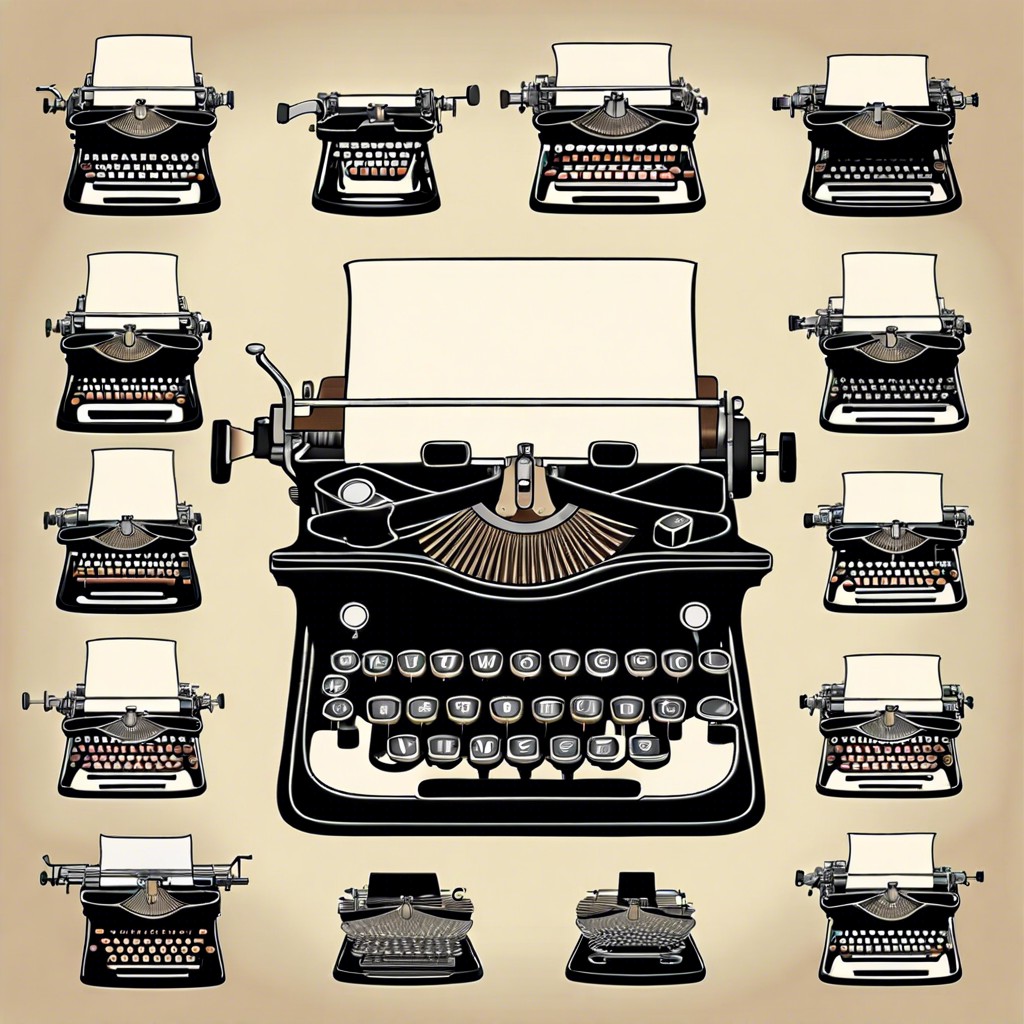
Assessing the value of a vintage typewriter hinges on several factors. Firstly, the condition plays a crucial role; a well-preserved piece with minimal wear often commands higher prices. Secondly, rarity significantly influences value; models that were either limited in production or have few surviving counterparts are typically more valuable. Thirdly, the historical significance of a typewriter can add to its value; machines known to be used by famous writers or in key historical events are particularly prized. Lastly, market demand fluctuates, affecting prices; staying informed about current trends in antique collections can help you gauge a fair price. Keep these points in mind to effectively evaluate a vintage typewriter’s worth.
Cultural Impact of Vintage Typewriters
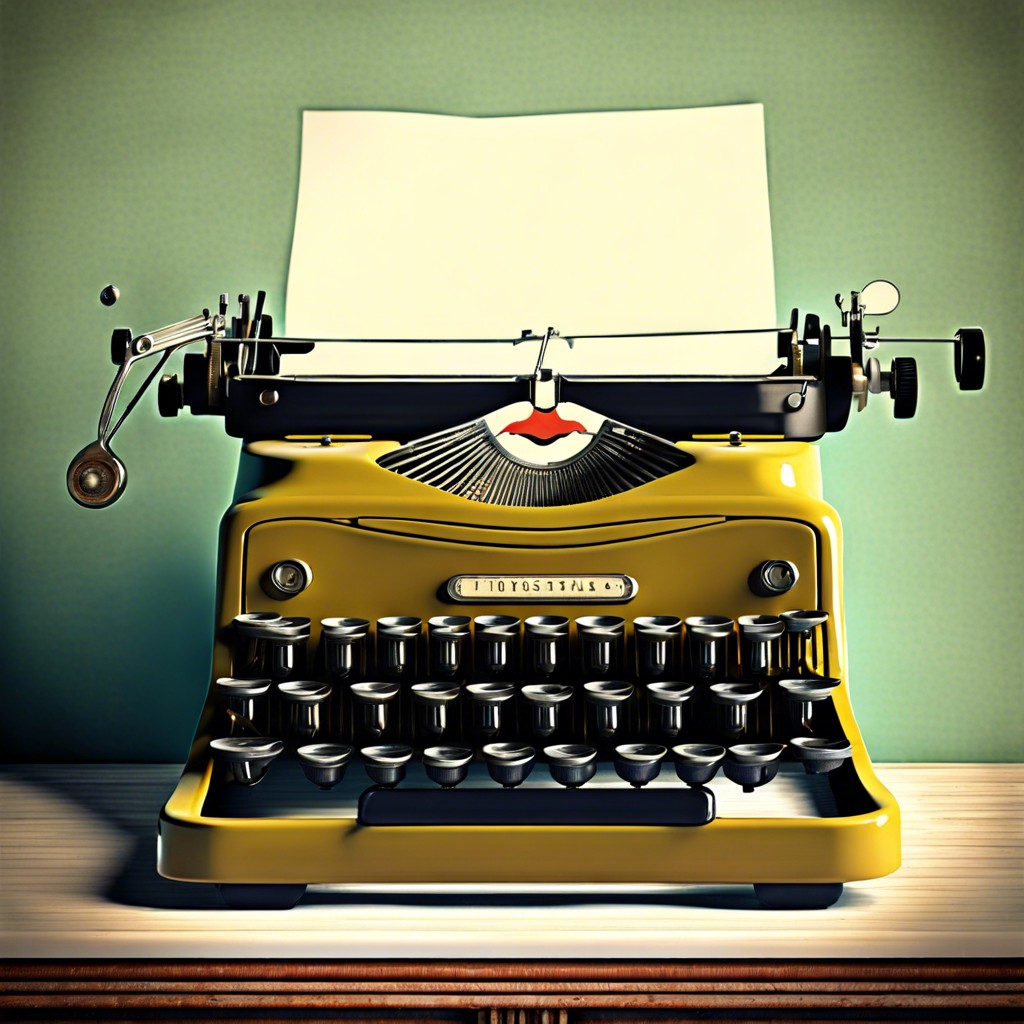
Vintage typewriters have long been symbols of nostalgia, creativity, and a bygone era of tactile craftsmanship. They remind us of a time when the click-clack of keys and the ding of a carriage return permeated offices and writer’s nooks.
These machines impacted literature profoundly. Renowned authors like Ernest Hemingway and Agatha Christie used typewriters to craft their iconic works, influencing writing styles and storytelling techniques.
In modern settings, vintage typewriters have been repurposed as decor in cafes and bookshops, evoking a sense of nostalgia and inspiring a new generation to appreciate the art of slow, intentional writing.
Moreover, the tactile feedback and mechanical sounds of typewriters foster a deep, focused writing experience that many argue is lost with digital texts, making them cherished tools among purists and enthusiasts.
These antiques also play a crucial role in education, where they are often used to teach typing skills and the history of technology in a captivating, hands-on manner.
